
Eileen Cunniffe
Friday Is the New Tuesday, and Other Observations on the “New Normal” in the Nonprofit Arts Sector
Posted by Jan 16, 2014

Eileen Cunniffe
In the waning days of 2013, an article in the Philadelphia Inquirer cited examples of performing arts organizations experimenting with curtain times, holding some weeknight performances as early as 6:30 pm instead of the long-accepted standard of 8:00 pm. The reasons given included appealing to younger audiences, who might want to go somewhere else after the show; appealing to older audiences, who might appreciate getting home earlier; and appealing to everyone in between, who might find it easier to hire a babysitter or just to show up for work the next day. One of the early trends from this experimentation is that some midweek performances with earlier curtain times are pulling even with or outpacing once-hot Friday evening ticket sales.
In other words, Friday is the new Tuesday—or maybe Tuesday is the new Friday? Either way, this is as good a place as any to begin the conversation about what constitutes the “new normal” for the nonprofit arts and culture sector and how arts organizations continue to respond to the changing environment in terms of audience behaviors and, in the wake of the Great Recession, evolving funder behaviors, too.
Looking back at 2013, it was in many ways a year of contradictory trends in the arts sector: two steps forward, one step back, or perhaps the other way around. Growth, contraction, innovation, struggle, resurrection, collapse.
Read More
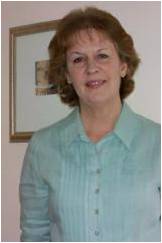



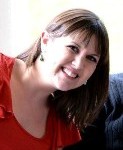

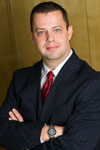



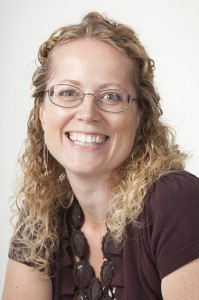



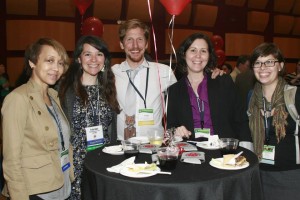









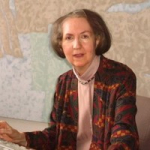






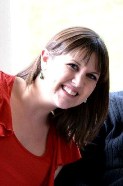




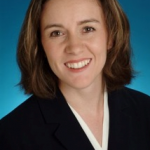


 The photo for our album cover – Public Art n’At by the Office of Public Art and Morton Brown: Live From Agnes Katz Plaza
The photo for our album cover – Public Art n’At by the Office of Public Art and Morton Brown: Live From Agnes Katz Plaza

 Liesel Fenner
Liesel Fenner
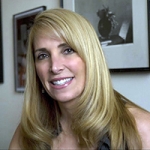



 Chad Barger
Chad Barger




